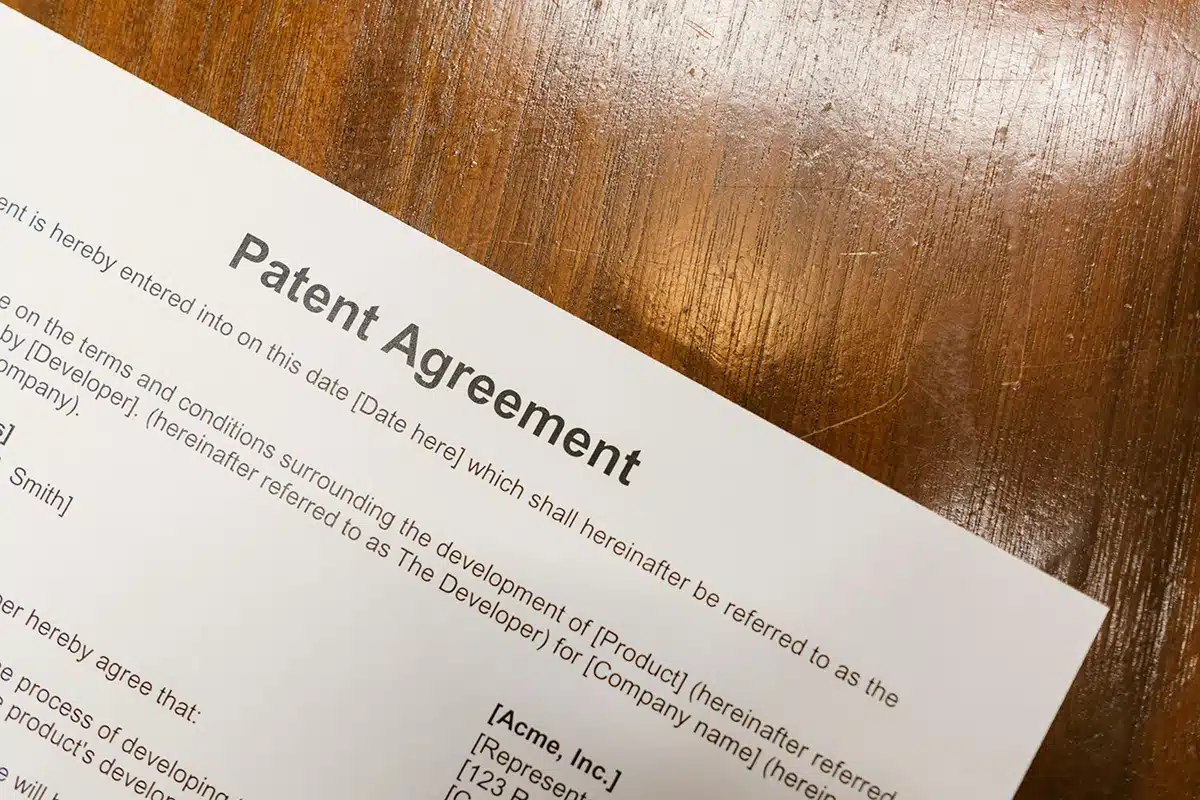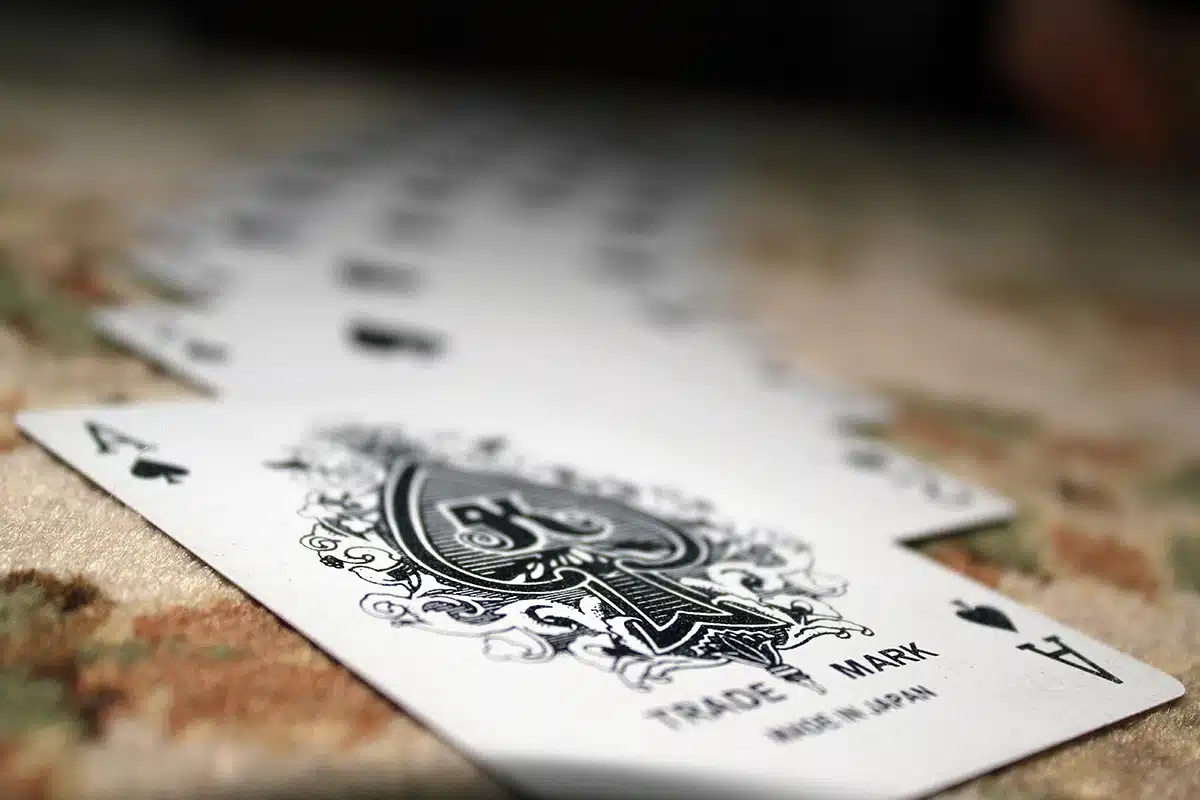If you are wondering how to protect your intellectual property in Australia, there are several options available, including trade marks, copyright, non-disclosure agreements, and patents. Your ideas, creations, and brand are valuable assets, and protecting them is essential.
Whether you’re a business owner, creator or innovator, safeguarding your intellectual property (IP) ensures you retain control, prevent misuse and maximise the value of your work. Whether it’s computer software, literary and artistic works or your brand identity, understanding IP and how to protect it is super important for both traditional and digital assets.
In Australia, different forms of IP are protected in different ways, so knowing your rights and taking the right steps early can save time, stress, and money in the long run. Our article covers multiple aspects of IP protection and includes an 11-step list to protect your assets.
Why Is It So Important To Protect Intellectual Property?
Intellectual property (IP) refers to creations of the mind that have commercial value, such as logos, inventions, written content, designs, and trade secrets. Protecting IP with trade marks, copyright, patents, designs, and confidential information agreements means that you or your organisation benefit from creative ownership. This allows you to profit from work that becomes valuable through royalties, licensing, or sales.
Understanding what type of IP you have is the first step in protecting it. Each category is protected under different laws, and recognising how your idea or asset fits into the IP protection framework is essential to applying the right legal strategy for safeguarding your rights.
Registering Your IP
Some forms of IP need to be registered to provide legal protection. In Australia, trade marks, patents and designs can be registered through IP Australia. A registered trade mark protects multiple aspects of a business, including the exclusive use of a business name, logo or slogan. Patents protect inventions, while design registration covers the visual appearance of products. Registration offers stronger legal rights and makes it easier to stop others from using your IP without permission.
Backing Up Your Copyrighted Work
Copyright protection is automatic as soon as you create an original work, and it doesn’t require registration or fees. However, if you ever need to prove that you own the copyright, such as in a dispute or infringement case, having clear evidence of when and how you created the work is essential. Keeping dated copies, drafts, emails, or digital timestamps can help establish your ownership. Regularly backing up your work in secure locations also protects against accidental loss or damage.
Protecting Intangible Creative Works
Intangible creative works, such as ideas, concepts, designs, software code, or digital content, can be just as valuable as physical creations. While ideas alone are generally not protected under intellectual property law, the expression or implementation of those ideas often is.
Copyright protects original works like writing, music, and software code, while trade marks protect brand names and logos. It’s essential to document and clearly define your intangible creations and take steps like copyright registration (where applicable) and using confidentiality agreements to safeguard your rights.
Understanding Fair Dealing To Protect Your Rights
If you notice someone using work similar to yours, it’s important to understand Australia’s fair dealing rules before assuming your rights have been infringed. Fair dealing allows limited use of copyrighted material for purposes like criticism, review, or news reporting without needing permission. This means not all uses of your work, or similar works, are unlawful. Knowing these exceptions helps you distinguish between genuine infringement and lawful use, so you can protect your rights appropriately.
Securing Ownership Through Contracts
Even if you’ve created the IP, ownership isn’t always automatic, especially in business settings. That’s why it’s important to have some type of confidential disclosure agreement in place. Employment agreements, contractor arrangements, and collaboration deals should clearly outline who owns any IP that is created.
Using well-drafted contracts helps avoid future disputes. It’s also wise to use non-disclosure agreements (NDAs) when sharing sensitive ideas or business processes. This protects trade secrets and ensures confidential information isn’t used or disclosed without permission, particularly during early-stage business or creative discussions.
Protecting Your Digital Content
Your website, brand content, social media posts and creative assets are automatically protected under copyright law, but it’s important to enforce that protection. Adding copyright notices, keeping records of creation and using watermarks where applicable can help. Monitoring your online presence using tools like Google Alerts or plagiarism checkers can alert you to misuse. If someone copies or republishes your content without consent, you may be able to issue a takedown request or pursue legal remedies.
Basic No-Cost Steps To Protect Your Intellectual Property
Protecting your ideas doesn’t have to start with expensive legal fees. Begin by documenting everything, and keep dated notes, emails, sketches, or recordings that show when you created your work. Use email to share ideas with yourself or trusted people to create a timestamped record. When collaborating, even a simple written note confirming each person’s contributions and rights can help avoid disputes. Always clarify verbally and in writing if information is confidential before sharing it. Finally, trust your instincts; if something feels at risk, pause and consider how to protect it before proceeding.
Eleven Steps To Protect Your Intellectual Property
It’s important to take a structured approach to safeguarding your intellectual property. These eleven steps will guide you through the essential actions needed to protect your ideas and creations.

Step One: Identify what type of IP you have
Before you can protect your intellectual property, it’s essential to understand precisely what it is. Different types of IP are protected in different ways. For example, logos and business names may be covered by trade marks, written content by copyright, inventions by patents and visual product designs by design registration.
Trade secrets, like formulas or business methods, are protected through confidentiality. Identifying the correct category ensures you choose the right legal tools to safeguard your work effectively.
Step Two: Look at the methods required to protect it
Each type of intellectual property requires a different approach to protection. Copyright protection is automatic as soon as your original work is created, but trade marks, patents and designs must be registered with IP Australia to be legally enforceable.
Protecting confidential information or trade secrets relies on strong agreements, such as non-disclosure or confidentiality clauses. Taking the correct legal steps from the beginning helps ensure your rights are clearly recognised and easier to defend if needed.
Step Three: Consider the value & the costs
Protecting your intellectual property is an investment, so it’s important to weigh its current and future value. Ask yourself how your IP contributes to your business, brand or creative work, and how it might grow over time. Strong IP protection can increase your commercial value, attract investors or deter competitors. At the same time, consider the costs involved, including registration fees, legal advice and ongoing enforcement. A well-planned approach ensures you protect what matters without overspending.
Step Four: Think locally & globally
Intellectual property rights are territorial, meaning protection in Australia doesn’t automatically extend overseas. If you plan to trade, sell or promote your work internationally, consider applying for protection in other countries. This might involve registering trade marks through systems like the Madrid Protocol or filing patents in specific jurisdictions. Even if your business is currently local, future growth could bring global exposure, so it’s worth planning ahead to safeguard your IP wherever your work may reach.
Step Five: Consider how to safely use, lease, sell, share or transfer your IP
Intellectual property can be a valuable asset that generates income or strategic advantage beyond direct use. You might choose to license or lease your IP to others, allowing them to use it while you retain ownership. Alternatively, selling or assigning your IP transfers ownership entirely.
Sharing IP through partnerships or joint ventures can also create new opportunities. Carefully consider which option aligns with your business goals, and ensure all agreements clearly outline terms to protect your interests.
Step Seven: Act quickly if infringement occurs
If you discover that someone is using your intellectual property without permission, prompt action is crucial. Early intervention can prevent further damage and strengthen your legal position. Start by gathering evidence of the infringement, then consider sending a cease and desist letter to the offender outlining your existing IP rights. If necessary, seek professional legal advice to explore options like mediation or litigation. Acting swiftly helps protect your rights and preserves the value of your IP.
Step Eight: Monitor your IP
One of the best ways to protect IP is to keep an eye on it! If you discover that someone is using your intellectual property without permission, prompt action is crucial. Early intervention can prevent further damage and strengthen your legal position.
Start by gathering evidence of the infringement, then consider sending a cease and desist letter to the offender outlining your existing IP rights. If necessary, seek professional legal advice to explore options like mediation or litigation. Acting swiftly helps protect your rights and preserves the value of your IP.
Step Nine: Deal with IP disputes efficiently
Even with the best protection, disputes over intellectual property can arise. When they do, it’s essential to approach them carefully and strategically. Start by gathering all relevant documentation to support your claim. Often, disputes can be resolved through negotiation or mediation, which are less costly and faster than court battles.
If informal methods fail, you may need to pursue litigation to enforce your rights. Throughout the process, consulting with an IP attorney can help you understand your options and build a strong case. Handling disputes promptly and professionally protects your IP and minimises business disruption.
Step Ten: Pay your fees and renewals
Intellectual property rights don’t last forever unless properly maintained. Missing deadlines for renewal fees can result in your IP rights lapsing or becoming unenforceable. Keep track of renewal dates for trade marks, patents, and other registrations, and ensure all fees are paid on time. Consider setting calendar reminders or using IP management services to stay organised. Staying current with renewals keeps your protections active and your rights secure.
Step Eleven: Plan for the future
Intellectual property is a valuable asset that should be included in your estate and succession planning. Whether you intend to transfer it through a will, gift it during your lifetime, or assign rights via a Power of Attorney (POA), it’s essential to document your intentions clearly.
This ensures your IP continues to be managed or monetised according to your wishes. Work with a legal professional to include your IP in your estate plan and make provisions for ownership, control, or licensing in the event of death, incapacity, or business transition.

What Happens If No Protections Are In Place & Infringement Occurs?
If you don’t have the correct IP protection in place, like a patent, trademark, or copyright, when infringement occurs, your legal options are limited. In Australia, unregistered trademarks and unpatented inventions are much harder to enforce, and you may not be able to stop others from using them. Copyright protection exists automatically, but it’s critical to have proof that you are the original creator if it isn’t widely known. Without proper protection, proving ownership and enforcing your rights can be difficult or impossible, so securing your IP early is essential.
What If Someone Tries To Register Or Patent My IP As Their Own?
If you don’t have the proper IP protection in place, like a patent, trademark, or copyright, when infringement occurs, your legal options are limited. In Australia, unregistered trademarks and unpatented inventions are much harder to enforce, and you may not be able to stop others from using them.
Copyright protection exists automatically, but registration (where available) strengthens your position. Without proper protection, proving ownership and enforcing your rights can be difficult or impossible, so securing your IP early is essential.
Grey Areas Of Intellectual Property
Intellectual property ownership can become unclear when ideas are shared informally or developed collaboratively. For example, if you casually mention an idea to a friend who then shares or acts on it, proving it originated from you can be challenging without documented evidence. Similarly, co-writing a song or project without clear agreements may lead to disputes over ownership. Even sharing ideas during company meetings can be risky if there are no confidentiality protections in place and someone else takes credit.
Simple, Informal Protections
To protect yourself, it’s essential to take several steps. Always keep detailed records of your creations, including drafts, emails or dated notes. Use written agreements when collaborating, clearly outlining who owns what and how rights will be shared or assigned. You can consider using confidentiality or non-disclosure agreements before discussing sensitive ideas with others, even friends, family or colleagues. Lastly, seek legal advice if you suspect your IP rights have been compromised. Being proactive helps you safeguard your ideas and avoid costly disputes down the line.
IP Collaborations & Partnerships
Collaborations and partnerships play a vital role in developing and commercialising new intellectual property. By sharing IP assets, risks, and rewards with others, businesses can accelerate innovation and growth. However, these arrangements require careful planning, including confidentiality agreements and non-disclosure agreements (NDAs) to protect shared information.
Effective management strategies like joint ownership agreements and licensing ensure clear rights and responsibilities, helping all parties benefit while safeguarding their valuable IP.
When IP Is A Team Effort – But One Person Delivers The Final Piece
In cases where intellectual property, like software or a plant breed, is developed by a team, ownership is usually shared among all contributors based on their input. However, if one person contributes a critical “last piece of the puzzle,” determining ownership or rights can become complex.
Often, all team members have joint ownership unless there’s an agreement that specifies otherwise. The final contributor may have stronger claims to that particular element, but overall, IP rights typically remain shared. Clear agreements from the outset about contributions, ownership, and how profits or licensing are divided are crucial to avoid disputes later on.

Enforcing Your IP Rights
Once your IP is protected, the next step is actively monitoring its use and enforcing your rights when necessary. This can include sending cease and desist letters to infringers, lodging complaints with platforms, or taking legal action. Having your IP registered significantly strengthens your position if a dispute arises. Being proactive can also deter others from misusing your assets. Keeping good records and evidence of your ownership will support your case if enforcement becomes necessary.
Managing IP Rights
Effectively managing your intellectual property is key to maximising its value. This includes licensing your IP to others, allowing them to use or sell it in exchange for royalties. You can also assign your IP rights by transferring ownership to another party. Enforcing your rights is crucial and may involve legal action or alternative dispute resolution against infringers. Regular IP audits and maintaining an organised IP portfolio help businesses monitor and protect their assets strategically.
Understanding IP Australia’s Role In IP Protection
IP Australia is the Australian government agency responsible for administering intellectual property rights, including patents, trademarks, designs and plant breeders’ rights. It manages the application and registration processes, maintains public records of IP rights, and provides tools and resources to help individuals and businesses protect their ideas.
While IP Australia doesn’t enforce rights or resolve disputes directly, having your IP formally registered through them strengthens your legal position and makes enforcement easier if infringement occurs.
Get Professional IP Advice On IP Protection
Protecting intellectual property can involve complex legal steps, especially when registering patents or negotiating rights with partners. A skilled IP lawyer or patent attorney can help you choose the right protection, prepare strong contracts and manage disputes if they arise. Getting the right advice early not only saves time and cost in the long run but also ensures your rights are enforceable. Get in touch with Actuate IP today for confidential advice on how to protect your intellectual property.
